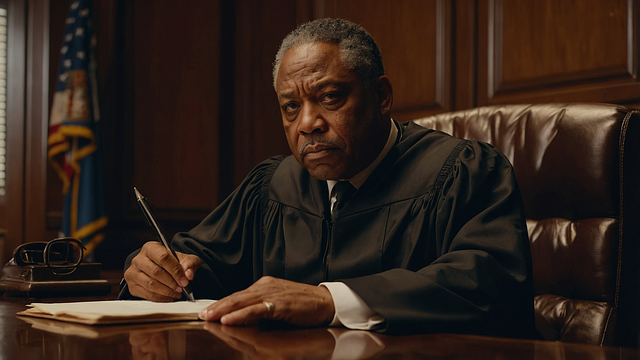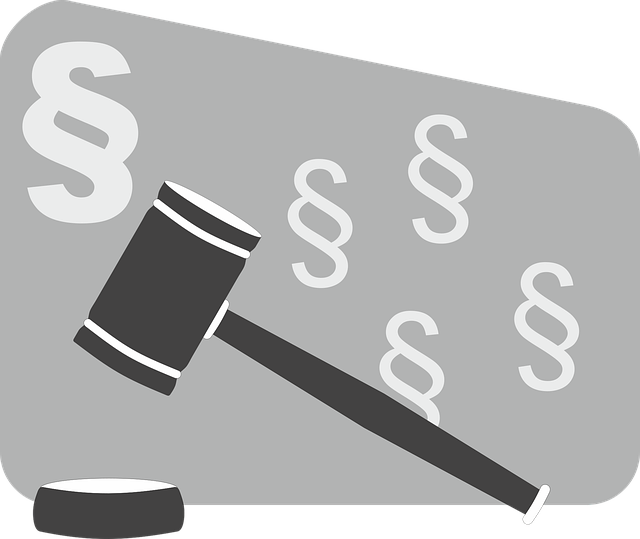Property ownership disputes are complex legal challenges driven by miscommunications and disagreements, including boundary conflicts and fraud. Effective risk management for these high-stakes cases involves understanding state and federal laws, early resolution through mediation or arbitration, and meticulous examination of contracts, titles, and historical claims to identify vulnerabilities. Clear, updated contracts and open communication channels can proactively resolve issues, minimizing costly lawsuits. Property owners must understand their rights, document conversations, respond promptly to notices, and attend hearings. Case studies provide valuable insights into navigating complex legal issues, demonstrating the importance of early intervention and strategic management for favorable outcomes.
Litigation Risk Management is an essential aspect of property ownership, especially given the potential for costly disputes. This article explores the intricate world of property ownership conflicts, delving into common causes, and the legal framework that governs them. We assess litigation risk by identifying vulnerabilities and provide strategic mitigation measures to prevent lawsuits.
From understanding your rights and responsibilities to navigating legal processes and learning from case studies, this guide offers valuable insights for owners, empowering them with knowledge in property ownership conflicts.
- Understanding Property Ownership Disputes: Common Causes and Legal Framework
- Assessing Litigation Risk: Identifying Potential Challenges and Vulnerabilities
- Strategies for Effective Risk Mitigation: Proactive Measures to Prevent Lawsuits
- Navigating the Legal Process: Rights, Responsibilities, and Best Practices for Owners
- Case Studies: Lessons Learned from Property Ownership Conflict Resolutions
Understanding Property Ownership Disputes: Common Causes and Legal Framework

Property ownership disputes are complex legal issues that can arise from various misunderstandings or disagreements. These conflicts often involve intricate legal frameworks and a deep understanding of one’s rights as a property owner. Common causes range from boundary disputes, where neighbors disagree on property lines, to more serious matters like fraud or illegal acquisition. In today’s world, where land is a valuable commodity, these disputes can escalate quickly, leading to lengthy legal battles.
The legal framework surrounding property ownership conflicts varies across jurisdictions but generally involves a combination of state and federal laws. Understanding one’s rights, responsibilities, and the potential avenues for resolution is crucial in managing litigation risks effectively. Early intervention, such as mediation or arbitration, can often help avoid indictment and lead to mutually agreeable outcomes. In some cases, a complete dismissal of all charges may be possible if the dispute is resolved amicably or if evidence proves insufficient to sustain legal action.
Assessing Litigation Risk: Identifying Potential Challenges and Vulnerabilities

Assessing litigation risk involves a meticulous examination of potential challenges and vulnerabilities that could arise in legal disputes. This critical process is essential for both corporate and individual clients navigating high-stakes cases, as it allows for proactive strategies to mitigate risks and achieve extraordinary results. By thoroughly understanding the dynamics of property ownership conflicts, legal professionals can identify red flags and develop robust defense mechanisms.
Effective risk management starts with a comprehensive analysis of relevant laws and regulations governing property rights. This includes scrutinizing contracts, titles, and any historical claims that could lead to disputes. For instance, unclear boundaries or undisclosed encumbrances are common pitfalls in real estate transactions, which can significantly impact litigation outcomes. By proactively addressing these issues, legal teams can protect their clients’ interests and minimize the chances of costly lawsuits.
Strategies for Effective Risk Mitigation: Proactive Measures to Prevent Lawsuits

In the realm of litigation risk management, proactive measures are key to preventing lawsuits and safeguarding legal rights in property ownership conflicts. One effective strategy is establishing clear and detailed contracts that outline the expectations and responsibilities of all parties involved. By doing so, potential ambiguities that could lead to disputes are minimized. Regular reviews and updates of these agreements can help ensure they remain relevant and comprehensive, addressing emerging issues and changes in the legal landscape.
Additionally, fostering open communication channels between stakeholders is vital. Encouraging transparent dialogue can resolve minor disagreements before they escalate into full-blown lawsuits. For his clients, this might involve regular meetings or webinars to discuss progress, address concerns, and ensure everyone is aligned on property management decisions. This proactive approach not only mitigates risks but also fosters trust and strengthens relationships, ultimately reducing the chances of costly legal battles, including those involving white collar and economic crimes.
Navigating the Legal Process: Rights, Responsibilities, and Best Practices for Owners

Navigating the legal process involves understanding one’s rights and responsibilities as a property owner. When conflicts arise, such as disputes with neighbors or contractors, it’s crucial to know how to protect oneself legally. Property owners have the right to fair treatment, ensuring their interests are considered during any legal proceedings. This includes the right to be informed of potential liabilities, the ability to gather evidence, and the chance to present their case effectively.
Best practices for navigating these situations involve documenting everything, from initial conversations to final agreements. Keeping detailed records can help in resolving disputes amicably or providing vital information if the matter progresses to legal action. Property owners should also be aware of their obligations, such as responding to legal notices promptly and attending court hearings when required. Achieving extraordinary results often lies in proactive communication and a strategic approach to managing potential litigation risks from the outset, covering all stages of the investigative and enforcement process.
Case Studies: Lessons Learned from Property Ownership Conflict Resolutions

In the realm of litigation risk management, case studies offer invaluable insights into navigating complex legal landscapes. When it comes to property ownership conflicts, examining real-world scenarios allows professionals to extract crucial lessons that can fortify legal strategies. For instance, a detailed study of a dispute over land rights in a bustling metropolis revealed the significance of early intervention. By addressing the issue promptly, the parties avoided a lengthy and costly legal battle, ultimately leading to a mutually beneficial out-of-court settlement. This highlights the importance of recognizing potential conflicts early on, as outlined in the legal rights in property ownership controversies.
Furthermore, these case studies provide a glimpse into the art of crafting winning challenging defense verdicts. Through meticulous analysis of similar past cases, legal teams can develop robust arguments and strategies. For his clients, this means navigating through complex web of legal intricacies with confidence. By learning from successful defenses against indictment in property-related matters, attorneys gain a competitive edge, ensuring their clients’ rights are protected and potential risks mitigated.
Effective litigation risk management is key to ensuring smooth property ownership transitions. By understanding common dispute causes, assessing vulnerabilities, and adopting proactive measures, owners can significantly reduce potential lawsuits. Navigating legal processes with knowledge of rights and responsibilities, along with best practices, fosters responsible conflict resolution. Case studies highlight the importance of learning from past conflicts, ultimately strengthening strategies for preserving harmony in property ownership relationships.






